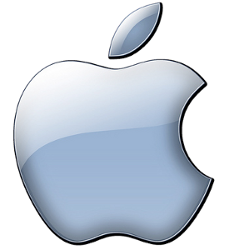 Since i started using Unity3D last October, my will was to test my not-released games on every device i had. This was limiting me to Webplayer and PC only, but then Unity team offered for free both Android and iOS licenses and i got my chance to test apps on my old HTC Desire. But I felt it was not enough, so i decided to add a Mac to my desk and bought a not-so-cheap MacBoo Pro 15″, an used Mid 2010 model, with dual core i7 2.66GHz CPU, 4GB ram and NVIDIA GeForce GT 330M video card.
Since i started using Unity3D last October, my will was to test my not-released games on every device i had. This was limiting me to Webplayer and PC only, but then Unity team offered for free both Android and iOS licenses and i got my chance to test apps on my old HTC Desire. But I felt it was not enough, so i decided to add a Mac to my desk and bought a not-so-cheap MacBoo Pro 15″, an used Mid 2010 model, with dual core i7 2.66GHz CPU, 4GB ram and NVIDIA GeForce GT 330M video card.
I personally prefer to use Windows for my programming needs, but having a Mac could help learn and test new things.
Next step? An iPhone and/or an iPad. Then a Ferrari 458 Italia. 🙂
